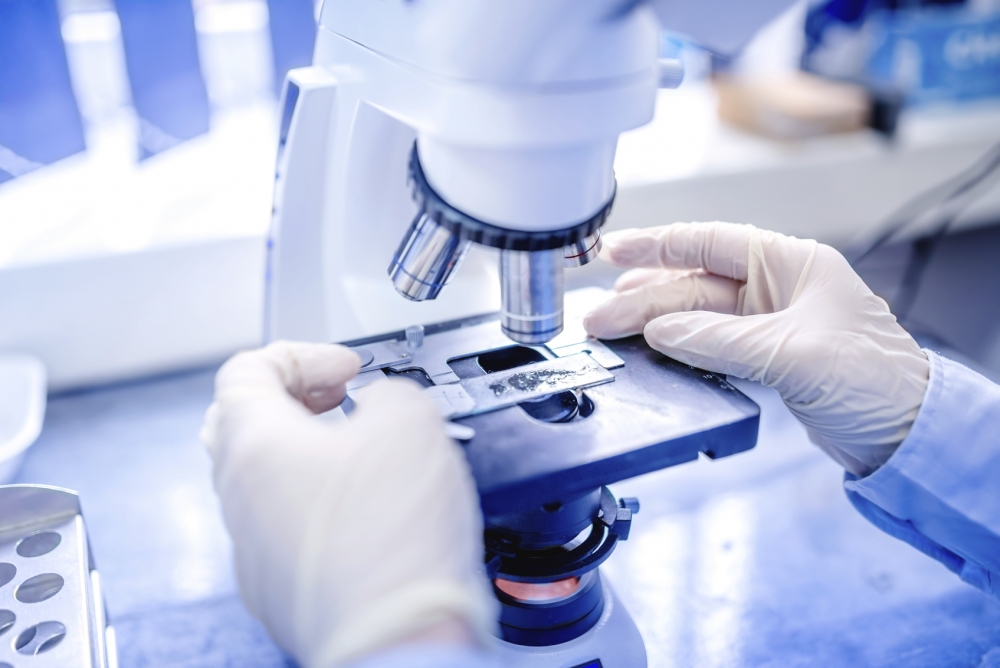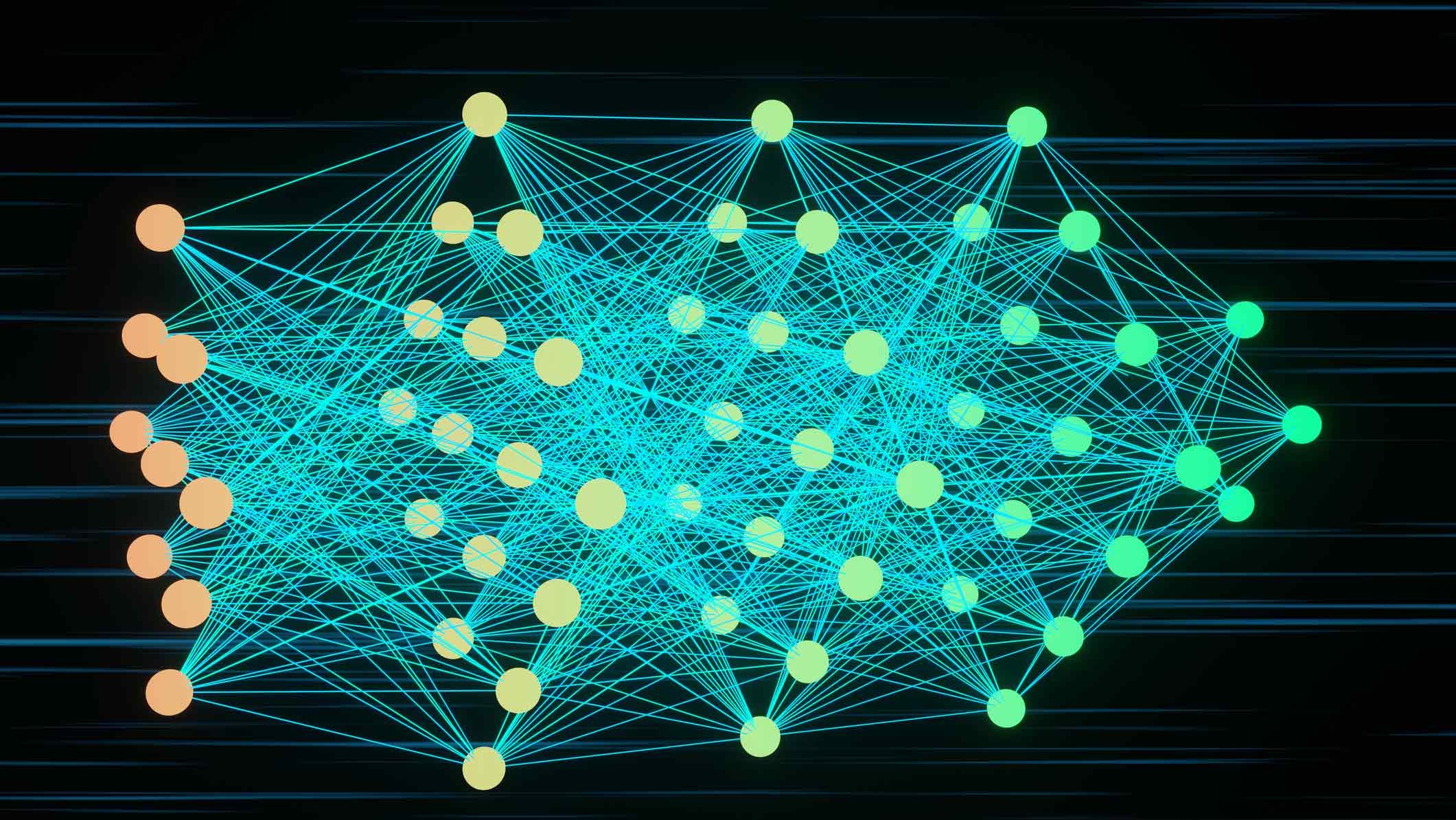
And the Winner Is …
Speaking to the strength of research at UC Santa Barbara, eight postdoctoral scholars have received recognition and support to help them further their studies. Many of the accolades are related to medical or health explorations, ranging from molecular level inquiries to practical application.
“We are attracting and training the best and the brightest postdoctoral researchers who will make the next big breakthroughs,” said Joseph Incandela, interim vice chancellor of research . “They have chosen to come to UCSB to work with our world-leading faculty and in turn they bring new ideas and exceptional talent, which makes UCSB an even greater institution.”
Arnold O. Beckman Postdoctoral Fellowship
Under the mentorship of materials and chemistry and biochemistry professor Craig Hawker, Abigail Knight is developing bio-inspired polymeric materials that change structure in the presence of metal ions. These dynamic self-assembling nanomaterials possess unique architectures that are exploitable in a wide range of biological applications, including fighting bacteria. For example, natural proteins serve as antibiotics in the body by binding to metals like manganese and iron.
“These metals are required for bacterial growth, so if you remove them, the bacteria die,” Knight explained. “I want to mimic the capabilities of these proteins and make self-assembling materials that will act as a way of aiding the body’s natural immune response.”
At the Neuroscience Research Institute (NRI), Tal Sharf works at the intersection of biology and physical science. His overarching goal is to describe a complete neuronal microcircuit and apply that information to human conditions that impair neural circuits. In the short term, Sharf hopes to improve a device capable of simultaneously recording, visualizing and probing a complete neural circuit.
“Detailed knowledge of neural microcircuits will have wide ramifications in the way we treat traumatic brain injury, mental illness and neurodegeneration,” said Sharf, who is working with NRI co-director Kenneth S. Kosik. “All of these brain insults operate at the level of microcircuitry, and yet current technology does not reveal this ‘mesoscale’ level of brain activity. Without a means to monitor damage and repair at the level of microcircuitry, treatments will remain out of reach.”
Harvey L. Karp Discovery Award
The goal of Yann Fichou’s research is to characterize intrinsically disordered proteins such as tau and alpha-synuclein involved in neurodegenerative diseases, including Parkinson’s and Alzheimer’s. Currently there are no effective treatments to even slow disease development. Working in Songi Han’s interdisciplinary lab, Fichou is describing the molecular mechanisms that underlie the first step and seed in the aggregation of this protein, which may hold the key to developing treatment strategies for neurodegenerative diseases involving these proteins.
“This will inspire new concepts and strategies for ultimately identifying drugs that could prevent or delay pathological changes in alpha-synuclein,” Fichou said. “This method is expected to be applicable to other systems, such as the tau and amyloid beta proteins associated with Alzheimer’s disease.”
Lindros Award for Translating Research to Medical Practice
Researchers in the chemistry lab of Kevin Plaxco build bioanalytical sensors. Postdoctoral scholar Claudio Parolo is integrating these electrochemical DNA sensors into a paper-based electrode. With the award, he bought the equipment he needs to make inexpensive and easy-to-use biosensors for diagnostic applications. Parolo’s ultimate goal is the development of a multiplexed device to detect HIV and syphilis biomarkers in real-life samples.
“I’m trouble-shooting to combine two techniques into one product,” he explained. “In essence, I’m creating technology that combines the speed and simplicity of point-of-care methods with the precision and the sensitivity of laboratory-based approaches. The end result could significantly enhance the detection, monitoring and treatment of disease.”
Otis Williams Postdoctoral Fellowship
In Irene Chen’s chemistry lab, Celia Blanco de Torres is working with a new artificial enzyme that catalyzes a reaction that no known natural enzyme does. She is identifying and tracking the sequence families that arise with each successive generation in an effort to understand the essential steps in determining the evolutionary pathways that ultimately could lead to improving the new enzyme’s activity. Blanco de Torres also is searching for statistically significant correlations between biophysical properties in the enzymes and evolvability or fitness.
“I want to figure out how a noncatalytic protein becomes a catalytic protein that is an enzyme,” she explained. “Because this green process can create new functions, the door is open for these enzymes to be used in many fields, including the food industry. The main advantage will be the ability to ask for functions not known to be performed by natural enzymes.”
Emmanouela Filippidi wants to understand how the plaque at the end of mussel threads can be so sticky. Working with professor Megan Valentine in the Department of Mechanical Engineering, Filippidi has discovered that there is more to the exact chemistry of the mussel’s plaque proteins: The overall way in which the proteins are arranged has been overlooked until recently. By understanding the structure, she hopes to pave the way toward future synthetic adhesives that could possibly be built using a 3-D printer.
“In theory, this sort of structure could be scaled to different sizes and be used in many applications,” Filippidi said. “Dentists would be able to apply braces without drying out the teeth first, doctors could use wet adhesives in surgery and engineers could more easily install underwater pipelines and structures.”
Alessandro Mongera looks at embryonic development from a different perspective. As part of the Campas Group in the Department of Mechanical Engineering, he is examining how the material properties of tissues can regulate the massive cellular rearrangements that drive embryonic growth. Using a technique he helped to establish, Mongera studies zebra fish, which develop in 24 hours, to measure how material properties such as fluidity and stiffness change during embryogenesis as a function of time and of space.
“The results also may have a huge impact for the study of cancer because the mechanical properties of the cellular microenvironment where cancer may form are really important,” Mongera said. “For example, the degree of stiffness in the environment surrounding the cancer may determine whether the tumor is benign or malignant.”
Tri-County Blood Bank Postdoctoral Fellowship
Working in Anthony DeTomaso’s lab in the Department of Molecular, Cellular and Developmental Biology, Susannah Kassmer is unraveling the mechanistic basis for the process of whole body regeneration in the golden star tunicate (Botryllus schlosseri). The closest invertebrate relative of vertebrates, these colonial ascidians undergo whole body regeneration from nothing but the fragments of vascular tissue. Kassmer has identified a population of blood-borne stem cells responsible for this regeneration and is studying the molecular mechanisms and signaling pathways that instruct these stem cells to proliferate and differentiate.
“Given that humans do not regenerate whole structures or organs, studying the mechanisms underlying regeneration in this closely related invertebrate organism is potentially advantageous for biomedicine,” she said.



